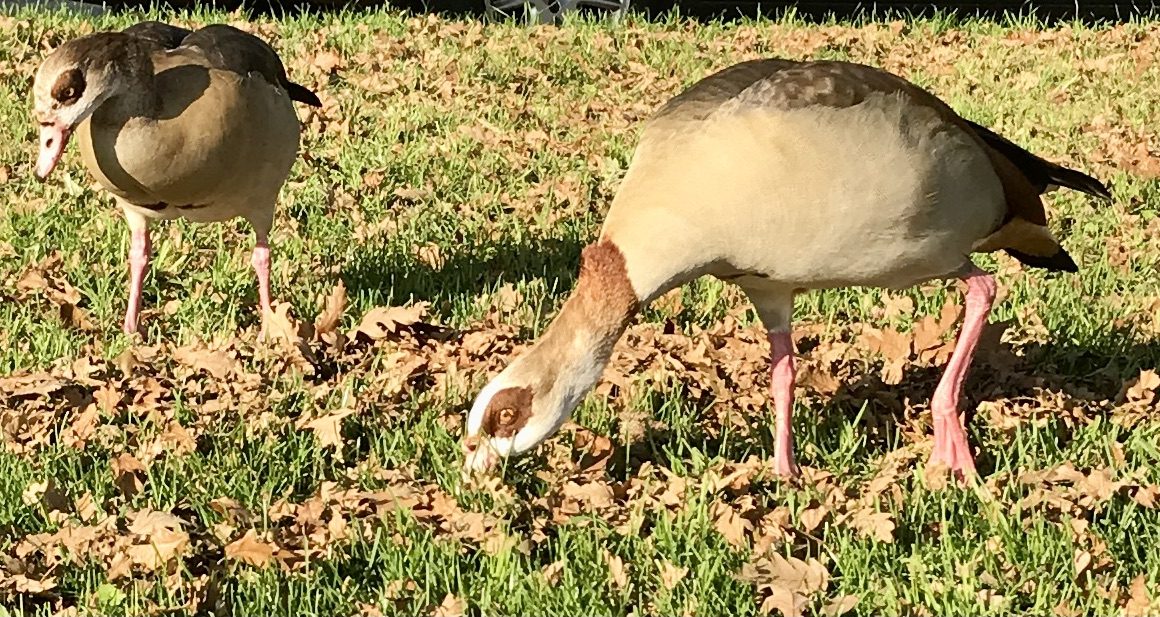
New Year’s resolutions are my Achilles’ heel: I have no vices to quit. I don’t drink much on Tuesdays, I don’t smoke, and I recycle. For the coming year, I can promise to take better pictures or I can go for a Big Year 2025 in Rotterdam. Since the latter seems more doable than the former, that’s decided then.
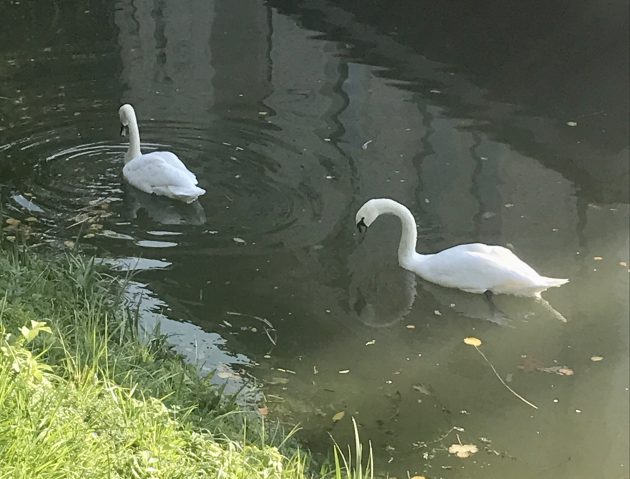
Every contest needs its rules – even if you just compete against yourself. My rulebook will be simple. The area will be the municipality of Rotterdam, which is large, but not too large. Why is that important? Because of rule number 2: I will do this Big Year with public transport, riding a bicycle or on foot. Conveniently, Rotterdam will provide me access to the sea, polders, parks and small forests guaranteeing a diverse avian potential. Birds are everywhere…
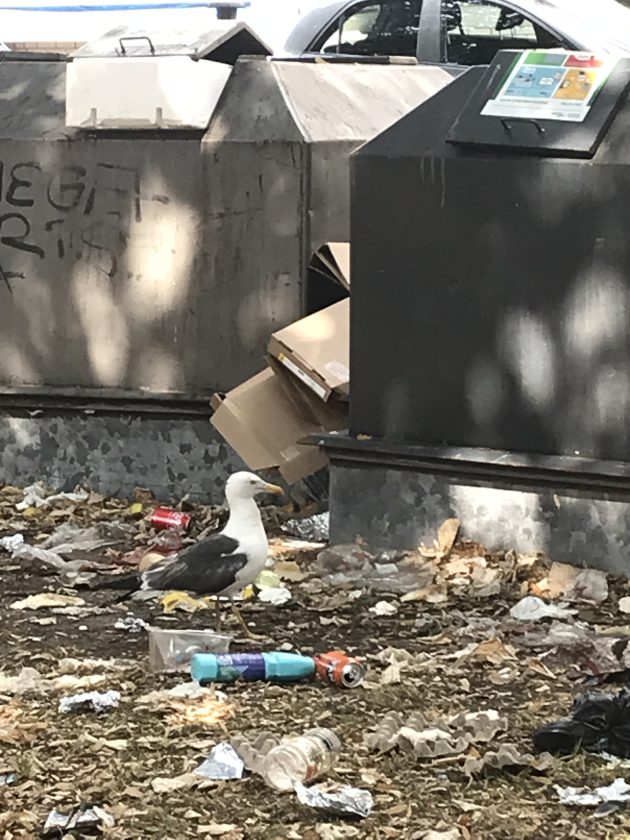
Rule number 3: I will need to see the bird, not just hear it, but the song/call/sound does count as a field mark. Enough about rules, what will be the target for me to beat? For there must be a target, how else will I drive up the tension towards the end of the year, when you are all on tenterhooks? Will I make it? Will I fail?
Rotterdam is not Ecuador. The 2024 Rotterdam Bio-blitz resulted in 107 species. Coincidentally, my eBird life list for the province of South Holland (Zuid-Holland) stands at 107 too. So, the target must be more than 107. Avibase provides a checklist with 491 species for the province. I removed all Rare/Accidental species – what’s the point looking for a bird that just may not be there in 2025? That exercise left me with 287 species in Zuid-Holland. Not Rotterdam, but the whole province. Then I checked how many birds I know how and where to find within the city’s borders. One hundred and eight, one more than my total for the province. Oh boy, now what? The 287 is surely too high to aim for, 108 too low. The average? Not very original. But still, there’s my goal: seeing more than 200 bird species within the Rotterdam municipality limits in the year 2025, only using public transport and a bicycle. I will now pause for sceptical laughter.
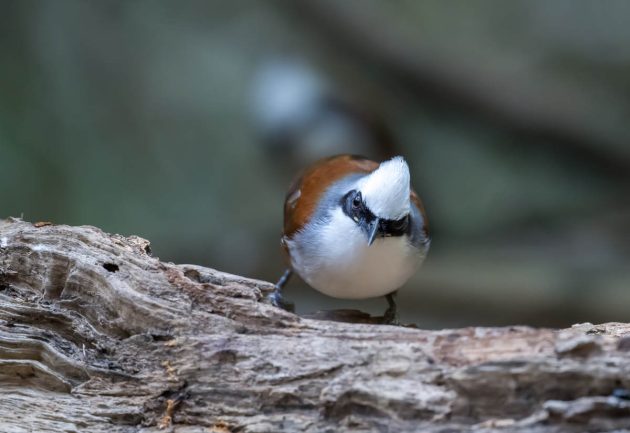
And that’s how I ended up here, on a cold and sunny January morning. I had picked the Kralingse Bos for its potential to deliver both waterfowl and forest birds. The forested area is reasonably large and wild for a city park – much wilder than Central Park for example. Attempts are being made to keep the ubiquitous dogs and Lycra people on the paths by bordering the woods with large piles of branches and tree trunks. The omnipresent Robins were grateful for the cover, and I will need to check this feature for songbirds in Spring. The forest birds further included Great Tit, Eurasian Blue Tit, Song Thrush, Eurasian Blackbird, and Common Chaffinch. Great Spotted Woodpecker also made an appearance. All the usual suspects were present on the lake with an unexpected Common Goldeneye mixed in with the Tufted Ducks.
Walking the dog the previous day had delivered 6 species. Of course, the morning of the first day of the year had started in suspense. Will the first bird of the Big Year be a Feral Pigeon? I had opened the curtains with trepidation. Fortunately, the New Year’s Eve fireworks had scared away every single bird. Setting off fireworks is actually illegal in Rotterdam and 19 other large Dutch municipalities. We nevertheless watched for hours and hours as one rocket after the other exploded. Next time some smug Dutch development aid person throws “legal enforcement” in your face, throw this example back at them. You can quote me. Please.
Oh, the first bird of 2025: a Carrion Crow, probably looking for severed fingers. Big Year Rotterdam, 4 January 2025, 28 species, 172 to go.






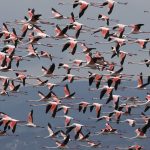


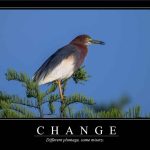
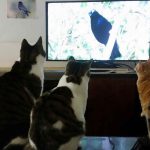
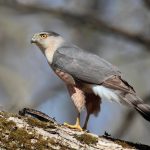
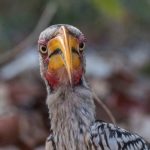
Good luck, and looking forward to the progress reports.
Love this! Especially the public transport part, and the system of setting rules.
Best of luck Peter – that’s an ambitious target. I’m aiming for 200 species in England (exactly what I achieved in 2024), but I will be using private rather than public transport to do so. I might consider a list of birds seen while walking my spaniel (a dog list). I do have a very short list of lifers seen from the back of a horse (Black-necked Swan in the Falklands is the best), and I did once do a bird race on horse back, when we managed to get to 105 species, but cars tend to be quicker, more comfortable and easier to park. I also have three cars but no horses.
On 5 January my list stands at 84, so plenty to go.
Not quite Dorian Anderson’s green big year, but I look forward to reading more. And to being happy it’s not my big year. I imagine once people know what you are up to, they will help by sending tips, lending bikes, etc.